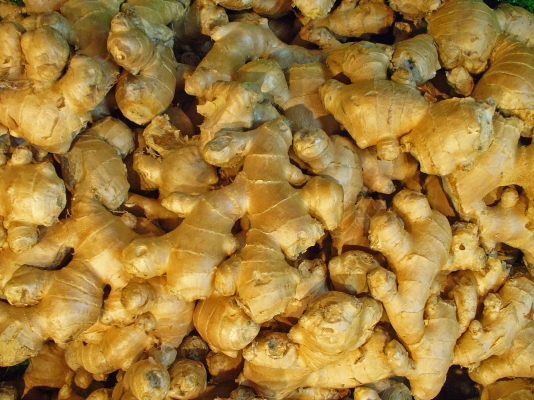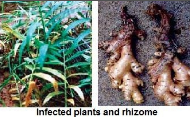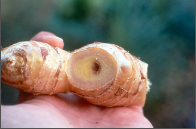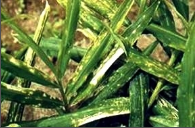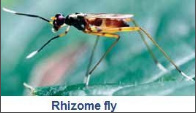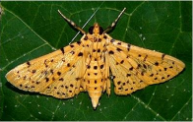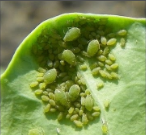General Information
Ginger, known as "Adrakh" is most important major spice crop of India. India is leading producer of Ginger. Karnataka, Orissa, Assam, Meghalaya, Arunachal Pradesh and Gujarat are major ginger producing states.
In Himachal Pradesh, ginger is used as spices and cash crop. It is grown in 835 acres of land and gives an average yield of 667 tonnes. Sirmour, Solan, Shimla, Bilaspur, Mandi and Kangra are the major areas in Himachal Pradesh doing ginger farming. Its farming is done on 500-600m height areas.

